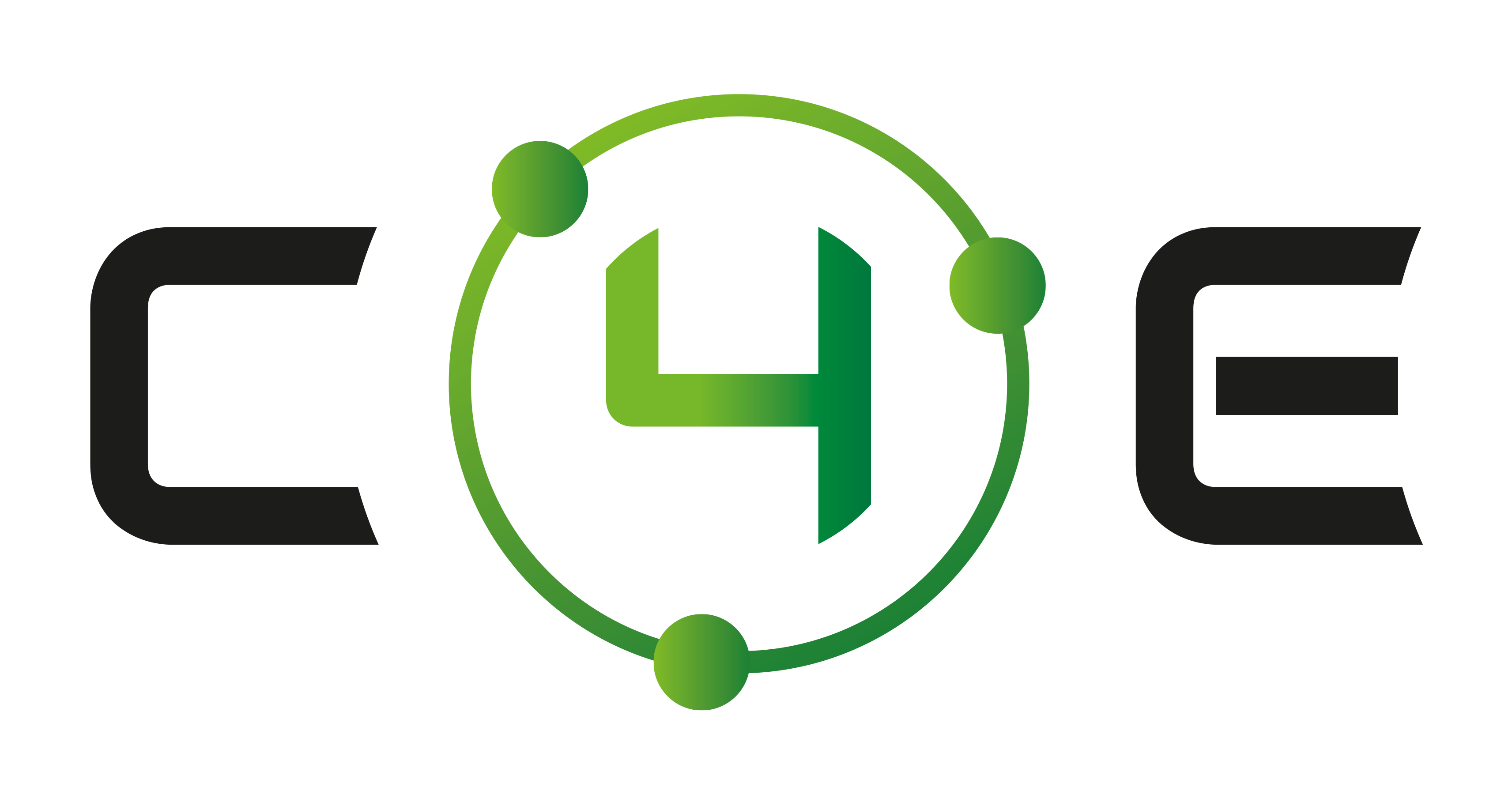Technical Architecture
Technical Architecture
Each EV charger is instantiated as a unique non-fungible token (NFT) within the C4E network.
It serves as a cryptographically verifiable digital passport for the asset and its digital representation contains:
Static metadata: geographical coordinates, operator identifier, hardware specifications including OCPP/OCPI compliance.
Registration hash: immutable cryptographic digest of the onboarding transaction, providing a tamper-evident chain of custody.
Ownership and utility rights: direct entitlement to a proportional share of charging revenues and reward emissions, combined with protocol governance rights (including upgrade proposals and operational policy voting).
DePIN operation & data flow
Each Charger operates under strict processes which revolve around:
Authenticated IoT channel: secure communication between the charger and C4E backend via the Open Charge Point Protocol (OCPP).
Event logging model: charging sessions are recorded off-chain, with periodic on-chain anchoring of cryptographic hashes to Hedera, ensuring verifiable audit trails while preserving scalability.
AI optimization layer: application of utilization analytics for predictive maintenance, adaptive load balancing, and real-time dynamic pricing adjustments.
Smart contract orchestration: automated execution of revenue distribution, incentive payouts, and maintenance scheduling without dependence on a centralized intermediary.
Web3 economic layer
The scope of ChargEra economic interoperability extends through the following modules:
Hybrid payments: dual-rail payment capability, supporting settlement in both fiat currency and C4E Token via blockchain wallet.
Dynamic incentive mechanisms such as:
Usage Mining: token rewards allocated for charging sessions occurring at low-utilization nodes or during network-defined optimal time windows.
Host Staking: operator staking of C4E Tokens to increase charger network discoverability, improve commission rates, and signal long-term operational commitment.

